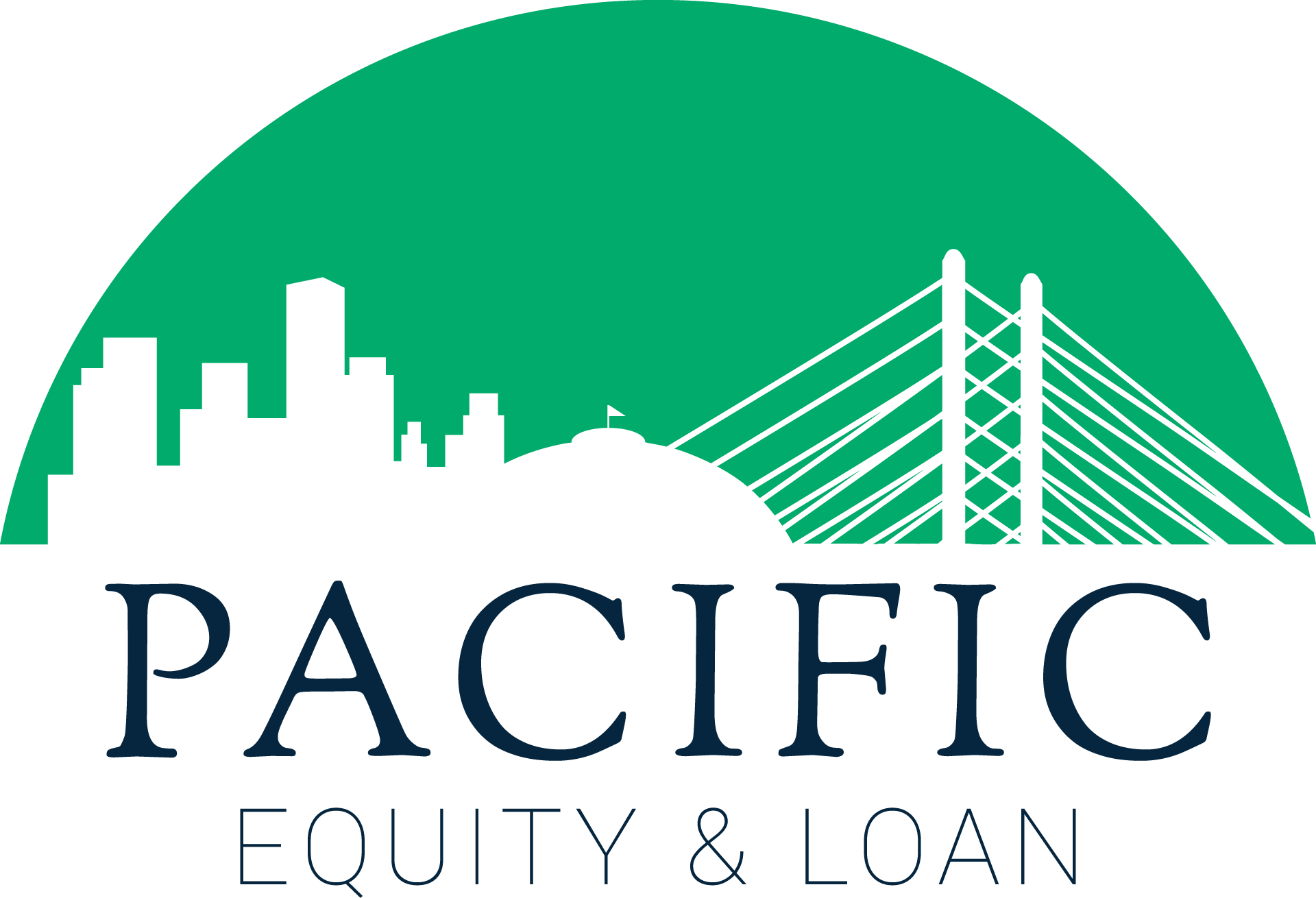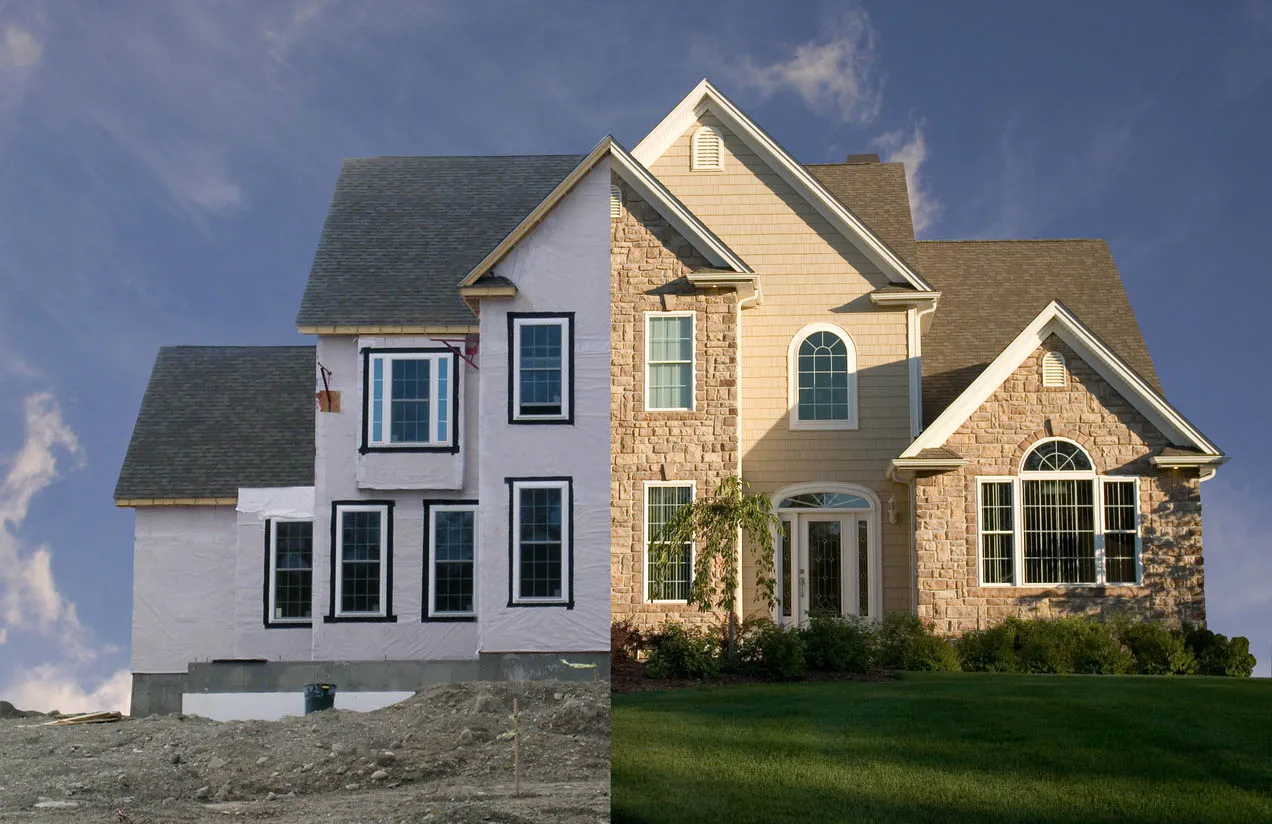For some who can’t handle the volatility of other investing strategies, real estate can be a viable option. It’s also a better investment for those who want to play a more active role in increasing their money rather than putting their money in a fund managed by someone else. One of the most appealing aspects of real estate investing is that there are numerous strategies that may be used to achieve success.
One of these strategies is investing in multifamily properties. While there are many different types of homes to consider, a multifamily property can be a good way to generate passive income if you’re just getting started as a real estate investor.

What Is A Multifamily Property?
A multifamily home is a residential property with five or more housing units that can accommodate more than one family. And if the owner of the property chooses to reside in one of their multifamily units, it is then going to be considered an owner-occupied property.
Below is a rundown of some of the common types of multifamily housing properties:
Duplex
A duplex is a multifamily property that has two units in the same building, each occupying the entire floor. These two units where different families reside will typically share a common wall and one entrance but the floor plan can vary. The house floor can be arranged either stacked on top of each other or side by side.
Townhouse
Townhouses are multi story homes that share one to two walls with adjacent properties. Families will purchase their units separately and these units have their own entrances. Typically, townhouses are built in rows in cities where land and real estate are at a premium.
Apartment
An apartment is a single or several residential buildings with at least five or more separate units. There is usually an individual or a management company who owns all the units and manages all the maintenance and upkeep.
Condominium
Somewhat similar to an apartment, condominiums or condos, is a large property owned by an individual or management company divided into multiple units. The main difference between an apartment and a condominium is ownership. Basically, condos are owned while apartments are being rented.

Investing in Multifamily Properties
Investors who seek an extra source of monthly income as well as a modest but consistent increase in the value of their portfolio can consider rental property investing. When it comes to residential real estate, there are two categories of properties to consider: single family homes and multifamily homes.
As the name implies, single family properties are residential buildings with only one available unit to rent, while multi-family properties are buildings with more than one rentable space. While there are fewer barriers to entry when building a portfolio of small homes, there are several advantages to investing in large residential properties.
Below are some of the pros and cons of investing in multifamily properties:
Pros of Investing in Multifamily Properties
- Cash flow
Multifamily residences have several tenants paying rent, whereas single family homes have only one or a few renters. Even if one unit is vacant, you’ll still have an income stream from other units. - Easier to finance
Because the cash flow of a multifamily property rental is more predictable than that of a single-family rental, multifamily buildings are less risky for lenders. With this, it’s relatively easier to secure financing. - Passive Income
In a multifamily investment business, a property management company can be in charge of the property’s day-to-day management. For individual investors, this implies that they will benefit from having less responsibility for actually managing the property. This provides them more time to pursue other investments. - Scalability
If you want to grow your investment portfolio quickly, multifamily real estate is a better option than single-family rentals. And when investing in hotels or malls, for example, which have greater entry barriers, it’s far more difficult to expand your portfolio. - Tax Benefits
Investing in multifamily real estate has a lot of tax advantages. Utilities, property management fees, maintenance and repair bills, insurance premiums, and any marketing costs can all be deducted from your costs. In the long run, you may also take advantage of real estate depreciation and cost-segregation tax benefits as your building and its appliances age, even if the fair market value of the property is theoretically growing.
Cons of Investing in Multifamily Properties
- Greater upfront costs
As profitable as a multifamily rental property might be, there’s no denying that the initial investment is substantial. It’s not simple for the typical investor to come up with that cash, especially in a bull market when several investors compete for the same multifamily property, driving prices even higher. - Management Intensity
Managing multiple units is a huge responsibility that will need a significant amount of time, attention, and upkeep. Although property management can be outsourced, multifamily property investing is still a management-intensive business. - Competition
In a good rental market, you’ll certainly get interest from experienced investors because multifamily homes offer several benefits to their investors. Prices will grow even more when developers and property management businesses compete for the same buildings or land. Some investors can even purchase properties with cash, making it difficult for beginners to break into the market.

Endnote
Like any investment instrument, real estate investing allows an individual to be successful through several different strategies. Anyone who is interested in buying a rental property will certainly want to take a hard look at multifamily investments.
There are many advantages to owning multifamily real estate. These include access to easier and better financing opportunities, the ability to quickly grow one’s rental property portfolio, and the luxury of hiring a property manager. But of course, disadvantages are inevitable and should be considered as well.
Here at Pacific Equity & Loan, we have a team of hard money loan specialists that can help you through your real estate endeavors. Discover more real estate investing approaches and see what’s most suitable for you! Contact us right now at 253-336-6764 or send us an email at sales@pacifeal.com.
Citation
Sharkansky, Max. “Pros and Cons of Investing in Multi-Family Properties.” Trion Properties, 8 Feb. 2022, https://trionproperties.com/real-estate-investment-education/articles/pros-and-cons-of-investing-in-multi-family-properties/.
“Great Homes. Flexible Leasing. Roommate Living.” Bungalow, https://bungalow.com/articles/what-to-consider-before-multifamily-investing.
Khleif, Rod. “Council Post: Benefits of Passive Multifamily Investment.” Forbes, Forbes Magazine, 24 June 2021, https://www.forbes.com/sites/forbesrealestatecouncil/2021/06/24/benefits-of-passive-multifamily-investment/?sh=2456c577c747.
Dehan, Andrew. “What Is a Multi-Family Home?” What Is A Multi-Family Home? | Quicken Loans, Quicken Loans, 23 Mar. 2022, https://www.quickenloans.com/learn/what-is-a-multi-family-home.







